Results 1 to 10 of 34
Threaded View
-
07-13-2013, 02:28 PM #1
 Introduction and Forging a Razor from a File
Introduction and Forging a Razor from a File
Hello SRP members, I'm a frequent poster on IFI, this is my first post on this forum. I've been blacksmithing for fun & profit for a year now, recently started turning old files into small paring knives. I had a customer ask me for a straight razor so searching on IFI led me to Bruno who provided more information than I imagined and suggested I join this forum. Thank you Bruno! As it will be relevant to know my setup for any of the following questions here's some of the tools I have. An 11" brake drum forge that I use blacksmith coke in (could use homemade charcoal if needed) 190lb Peter Wright anvil, 4.5" postvise, 5" bench grinder and a 1x30 Harbor Freight belt grinder.
A summary of the process I've used for the 3 files to knives I've completed was this, forge to shape, anneal overnight in ashes, profile and then rough grind until it's about the thickness of a dime ~.053, & drill holes for scales. Next for heat treating I normalize 2x, then heat to non-magnetic and quench in used motor oil. Then I bake in the kitchen oven at 450' for 1 hour, cool and then temper again using either the stove or propane torch til the spine and point are purple or even blue, and cutting edge a straw or brown. Then a finish grind to 1000 grit. To this point that's work well, I can hammer the point of the knife into wood and twist it out without it breaking and they've held a good edge, at least from what I can tell.
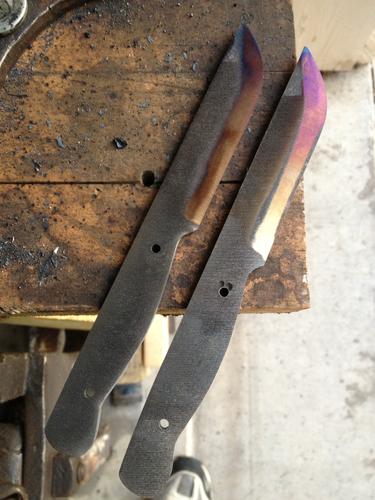
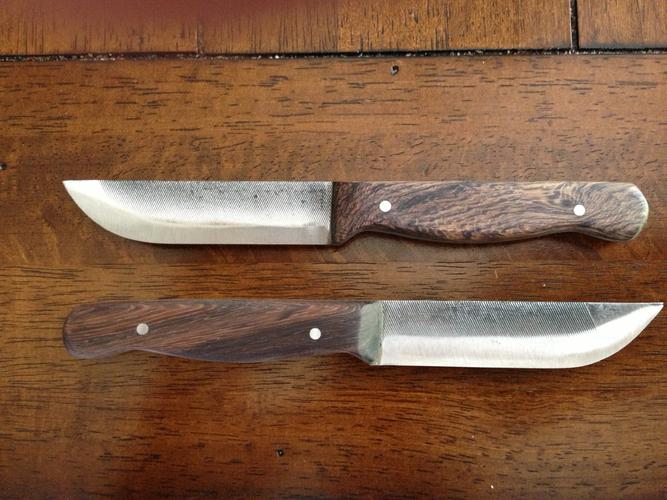
Here are pictures of my current project, I've been trying to follow what was done in this thread by Grant, aka Baldy. What I'd like is feedback on the above process, I plan on using either vegetable or canola oil for the quench as I know the old motor oil isn't what's recommended. I don't know what is a recommended temper for razors.
http://straightrazorpalace.com/custo...ile-razor.html
At the same time I'm grinding the razors I'm also working two small knives, that way I can switch to another as one starts to warmup. I am concerned about the finish grind on the razors after the heat treat and when they start getting thin.
I was thinking the razors would be a flat grind only as that is what I have experience with.
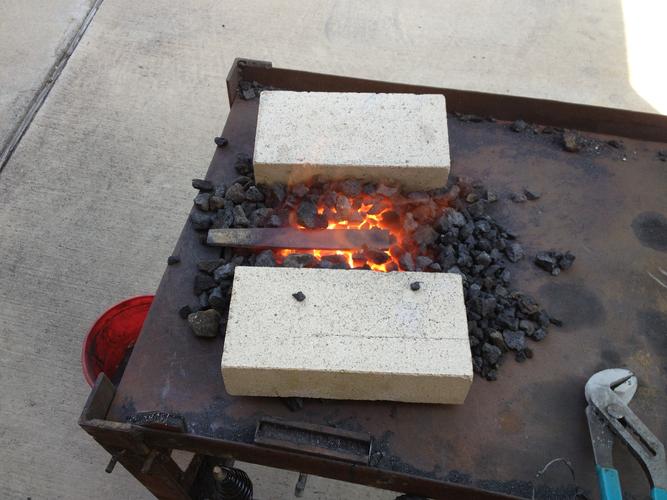
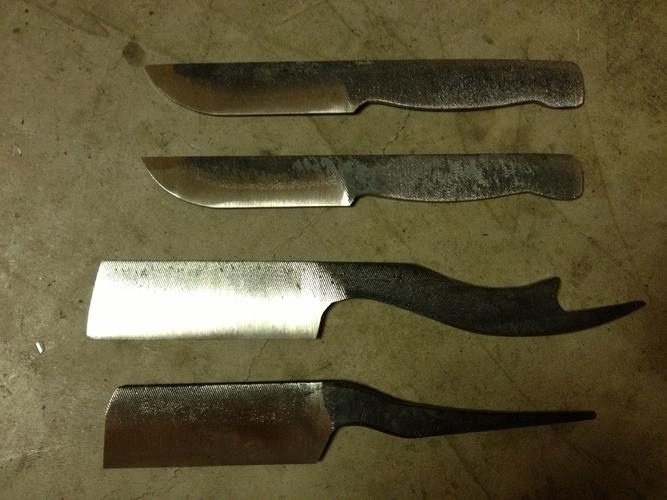
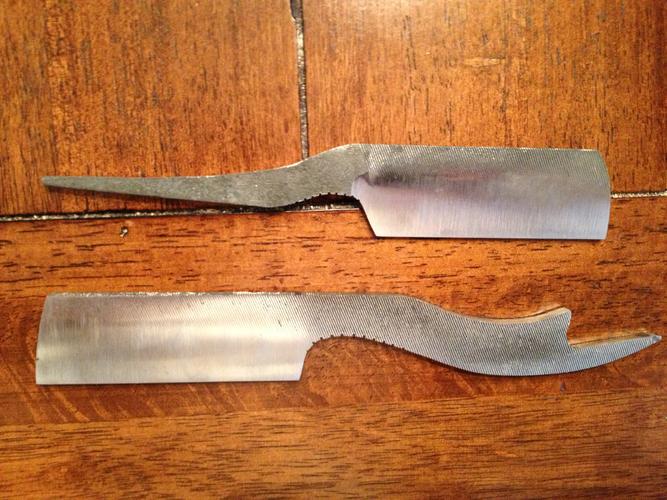
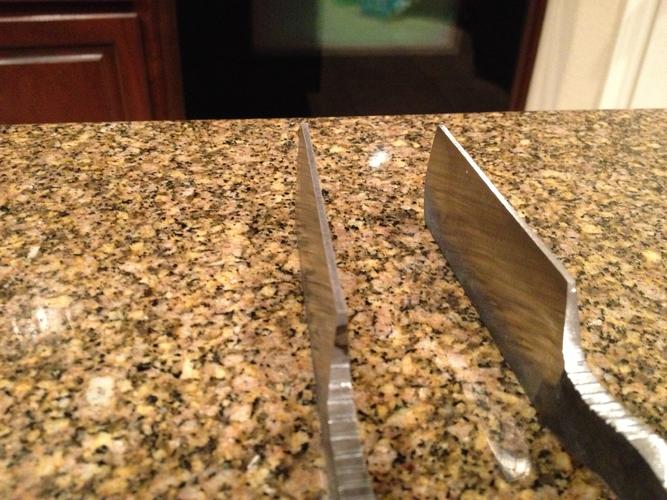
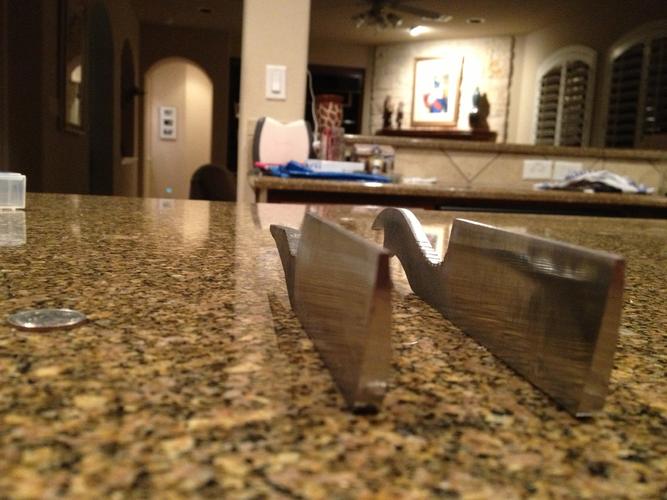
Thank you for your time.
Dan Cravens
Central TexasLast edited by dcraven; 07-13-2013 at 02:30 PM.
-
The Following 2 Users Say Thank You to dcraven For This Useful Post:
ScottGoodman (07-17-2013), Slawman (12-31-2015)


 27Likes
27Likes LinkBack URL
LinkBack URL About LinkBacks
About LinkBacks







 Reply With Quote
Reply With Quote
